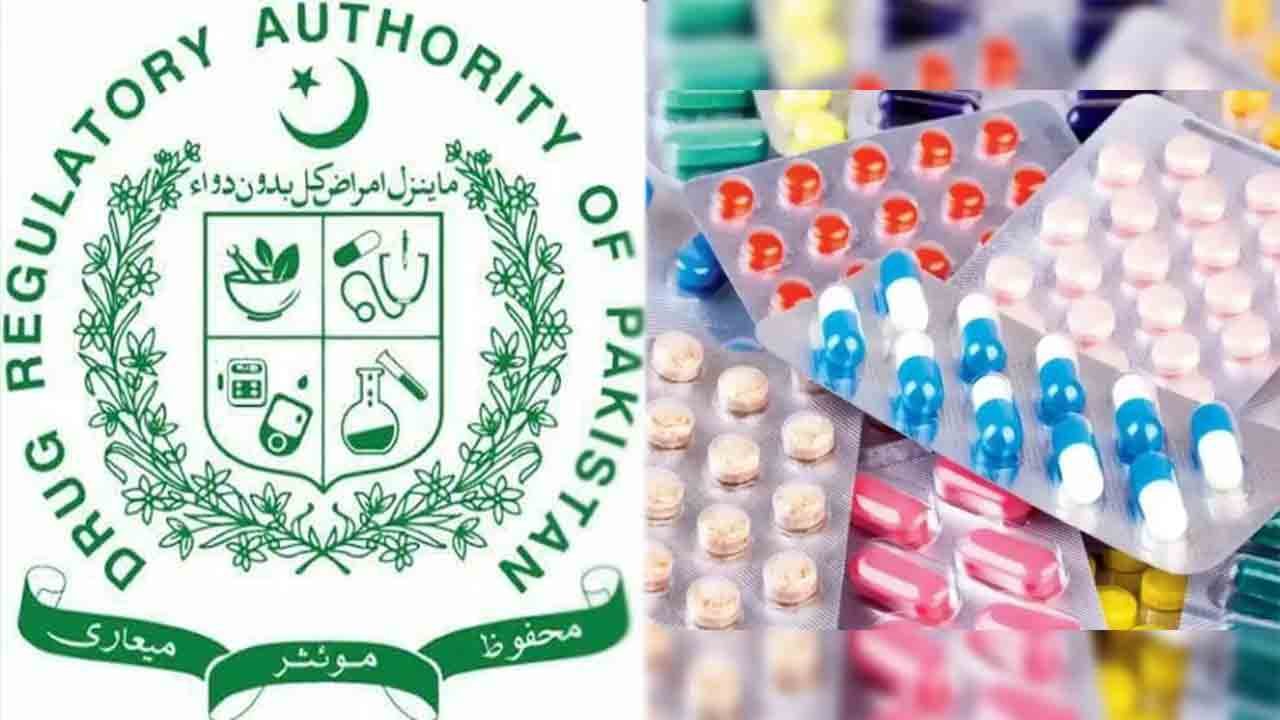The Drug Regulatory Authority of Pakistan (DRAP) has recently announced a new initiative aimed at combating the proliferation of counterfeit medicines by requiring the implementation of barcodes on all medicine boxes. This move is intended to ensure the authenticity of pharmaceutical products, enhancing patient safety and trust in the healthcare system. However, the directive has sparked significant controversy and pushback from pharmaceutical companies, which argue that the timeline and logistical challenges make the implementation impractical.
DRAP’s Objective and Enforcement Measures
DRAP officials have emphasized that the primary objective of this mandate is to prevent the counterfeiting of medicines, a problem that poses serious health risks to consumers. Counterfeit drugs often contain incorrect ingredients, improper dosages, or harmful substances, leading to ineffective treatment or adverse health effects. By mandating barcodes on medicine boxes, DRAP aims to create a robust tracking and verification system that ensures each product’s authenticity from manufacture to point of sale.
DRAP has stated unequivocally that failure to comply with the barcode requirement within the stipulated timeframe will result in strict legal action. This could include fines, suspension of manufacturing licenses, and other penalties designed to enforce compliance and protect public health.
Concerns and Challenges Raised by Pharmaceutical Companies
Pharmaceutical companies, however, have raised several concerns about the feasibility of implementing this directive in the given timeframe. They argue that the current infrastructure and resources available within the country are inadequate to support such a widespread change. The primary issues cited include the lack of existing mechanisms to print and read barcodes on a national scale and the significant investment required to upgrade manufacturing and packaging processes.
One of the key arguments presented by the pharmaceutical industry is that the sudden introduction of barcodes will necessitate substantial modifications to production lines. These changes involve purchasing new equipment, training staff, and integrating barcode systems with existing logistical frameworks, all of which require time and financial resources. Companies contend that such extensive overhauls cannot be accomplished overnight and request an extended timeline to comply with the new regulations.
Impact on Medicine Prices
Another major concern expressed by pharmaceutical companies is the potential increase in medicine prices due to the additional costs associated with barcode implementation. The process of acquiring new technology, modifying packaging lines, and ensuring compliance with the new regulations will incur significant expenses. These costs are likely to be passed on to consumers, leading to higher prices for medicines.
Pharmaceutical companies argue that in a country where many people already struggle to afford essential medications, any increase in prices could have detrimental effects on public health. They urge DRAP to consider the economic impact on consumers and explore ways to subsidize or support the implementation process to mitigate price hikes.
The Way Forward: Finding a Middle Ground
Given the valid concerns from both sides, a collaborative approach may be necessary to ensure the successful implementation of the barcode mandate without causing undue burden on pharmaceutical companies or consumers. Here are a few potential steps forward:
- Extended Implementation Timeline: DRAP could consider extending the deadline for compliance, giving pharmaceutical companies more time to adapt to the new requirements. This extension would allow for a more gradual transition and help mitigate the logistical challenges cited by the industry.
- Government Support and Subsidies: To ease the financial burden on pharmaceutical companies, the government could provide subsidies or financial incentives for the purchase of new equipment and technology needed for barcode implementation. This support could also help keep medicine prices stable for consumers.
- Phased Implementation: Introducing a phased approach where barcodes are initially required on a limited range of high-risk medicines could allow companies to gradually scale up their capabilities. Over time, the requirement could be expanded to include all pharmaceutical products.
- Public-Private Partnerships: Engaging in partnerships with technology firms and international organizations could provide the necessary expertise and resources to implement the barcode system effectively. These collaborations could also help in setting up the infrastructure for barcode scanning and verification across the country.
- Awareness and Training Programs: DRAP and pharmaceutical companies could jointly develop training programs to educate industry stakeholders about the new requirements and the importance of compliance. Such programs could also address technical challenges and provide solutions to common implementation issues.
While DRAP’s initiative to mandate barcodes on medicine boxes is a commendable step towards ensuring the authenticity and safety of pharmaceutical products, the concerns raised by pharmaceutical companies highlight the need for a balanced and pragmatic approach. By working together, both parties can find solutions that protect public health without causing undue economic strain on the industry or consumers.



